Table of content
Introduction
Candied haws on a stick, or bingtang hulu, are a beloved traditional Chinese treat that dates back centuries. This iconic snack consists of glossy, crunchy sugar-coated fruits—typically hawthorn berries—threaded onto bamboo skewers, creating a vibrant, sweet-tart delight. While often sold by street vendors during festivals and winter months, making bingtang hulu at home is a rewarding culinary adventure that allows families to reconnect with heritage, share laughter, and savor the joy of crafting something timeless. This article will guide you through the entire process, from selecting ingredients to perfecting the art of sugar coating, ensuring your homemade batch rivals those found in bustling night markets.
The History and Cultural Significance of Candied Haws
Before diving into the recipe, it’s worth understanding the cultural roots of this treat. Legend has it that bingtang hulu originated during China’s Song Dynasty (960–1279), when a royal physician prescribed hawthorn berries to an emperor suffering from indigestion. To make the sour fruit more palatable, the emperor’s chefs skewered the berries and coated them in honeyed sugar, creating a snack that was both medicinal and delightful. Over time, the recipe evolved, with vendors adopting bamboo sticks and crystallized sugar syrups.
Today, bingtang hulu symbolizes joy, family, and the arrival of winter. It’s a staple at Lunar New Year celebrations, temple fairs, and ice-skating rinks, where the bright red skewers are believed to ward off evil spirits and bring good fortune. By making this treat at home, you’re not just preparing a snack—you’re preserving a piece of history and creating memories that will linger long after the last bite.
Ingredients and Tools You’ll Need
The beauty of bingtang hulu lies in its simplicity. You’ll need just a handful of ingredients and basic kitchen tools to get started.
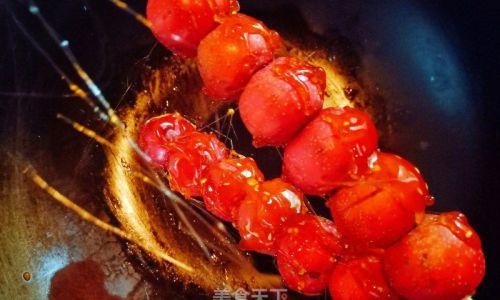
Ingredients
-
Fruits:
- Hawthorn berries (20–30 fresh, firm berries): These are the traditional choice, offering a tart flavor that balances the sweetness of the coating. If unavailable, substitute with strawberries, grapes, or cherries.
- Alternative options: Kiwi slices, orange wedges, or pineapple chunks (ensure fruits are dried thoroughly to prevent sugar from slipping off).
-
Sugar Coating:
- Granulated sugar (2 cups / 400g): Use white sugar for a classic clear coating, or experiment with brown sugar for a caramel-like hue.
- Water (1 cup / 240ml): Essential for creating the sugar syrup.
- Optional add-ins:
- Lemon juice (1 tsp): Prevents sugar crystallization.
- Food coloring (red, green, or gold): For a festive touch.
- Sesame seeds or crushed peanuts: For added texture (sprinkle before the sugar hardens).
Tools
- Bamboo skewers (6–8 inches long): Soak them in water for 30 minutes to prevent burning during cooking.
- Heavy-bottomed saucepan: Ensures even heat distribution.
- Candy thermometer: Critical for achieving the perfect sugar consistency (300–315°F / 150–160°C).
- Baking sheet lined with parchment paper: To cool the skewers without sticking.
- Pastry brush: For brushing excess sugar crystals off the pan’s sides.
Step-by-Step Preparation Guide
Preparing the Fruits
- Wash and dry: Rinse the hawthorn berries under cold water, then pat them dry with a clean towel. Any moisture will cause the sugar coating to crack or fall off.
- Remove stems and cores: Gently twist off the stems. For hawthorn berries, use a straw or corer to poke out the seeds from the bottom (optional but recommended for a smoother texture).
- Skewer the fruit: Thread 4–5 berries onto each skewer, leaving 1–2 inches of space at the bottom for handling. Arrange the skewers on a plate lined with paper towels to absorb any remaining moisture.
Making the Sugar Syrup
The sugar syrup is the heart of this recipe. Achieving the correct temperature is non-negotiable—too low, and the coating will be sticky; too high, and it’ll burn.
- Combine sugar and water: In the saucepan, mix 2 cups of sugar with 1 cup of water. Stir gently over low heat until the sugar dissolves completely.
- Avoid stirring: Once the mixture begins to bubble, resist the urge to stir. This can cause crystallization, resulting in a grainy texture.
- Monitor the temperature: Clip the candy thermometer to the pan’s side. Let the syrup simmer until it reaches 300–315°F (150–160°C), the “hard crack” stage. At this point, the syrup will turn golden and thicken slightly.
- Optional additions: Stir in a drop of food coloring or lemon juice just before removing the pan from heat.
Coating the Fruit
This step requires speed and precision. Work in a cool, draft-free area to prevent the sugar from hardening too quickly.
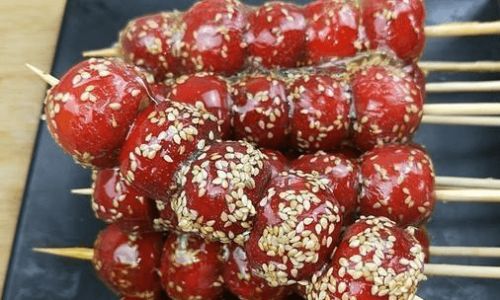
- Dip and swirl: Hold a skewer by the bare end and dip the fruit into the hot syrup, rotating it to coat evenly. Lift the skewer and twirl it gently to let excess syrup drip off.
- Alternative method: If dipping is tricky, use a spoon to drizzle the syrup over the fruit in a circular motion.
- Add toppings: Immediately sprinkle sesame seeds or nuts over the coated fruit before the sugar hardens.
- Cool completely: Place the skewers on the parchment-lined baking sheet. Let them sit undisturbed for 15–20 minutes until the sugar shell is firm and translucent.
Troubleshooting Common Issues
- Sugar crystallization: If crystals form on the pan’s sides, brush them down with a wet pastry brush during cooking.
- Syrup not hardening: The sugar likely didn’t reach the correct temperature. Reheat gently and test with a drop of syrup in cold water—it should solidify instantly.
- Burnt taste: Lower the heat and watch the thermometer like a hawk. Burnt sugar is bitter and cannot be salvaged.
Tips for Perfecting Your Candied Haws
- Use fresh fruit: Overripe berries will collapse during cooking.
- Work quickly: The sugar syrup hardens rapidly once off the heat. Have all skewers prepared beforehand.
- Experiment with flavors: Add a cinnamon stick or star anise to the syrup for a spiced twist, or infuse it with rosewater for a floral note.
- Storage: Store in an airtight container in a cool, dry place for up to 2 days. The sugar coating may soften in humidity, so enjoy them promptly!
Creative Variations to Try
- Chocolate-dipped haws: After coating in sugar, dip half the skewer in melted dark or white chocolate.
- Savory-sweet fusion: Sprinkle the sugar shell with chili flakes or sea salt for a grown-up twist.
- Mini skewers: Use smaller fruits like blueberries for bite-sized treats perfect for parties.
The Joy of Sharing: Involving the Family
Bingtang hulu is more than a recipe—it’s a bridge between generations. Encourage children to help with skewering fruit or sprinkling toppings, turning the process into a cherished family ritual. Share stories about your own childhood memories of buying these treats from street vendors, or invent new traditions, like hosting a winter solstice party where everyone crafts their own skewers.
Conclusion
Making bingtang hulu at home is an act of love—a nod to tradition, a lesson in patience, and a celebration of simplicity. Whether you’re a seasoned cook or a curious novice, this recipe invites you to slow down, savor the process, and delight in the magic of transforming humble ingredients into something extraordinary. So gather your loved ones, fire up the stove, and let the sweet aroma of sugar syrup fill your kitchen. Your homemade candied haws will not only dazzle the taste buds but also leave a legacy of warmth and togetherness that lasts far beyond the final bite.
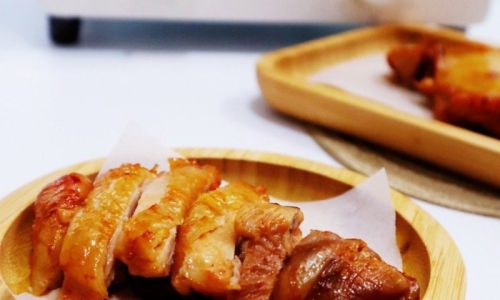
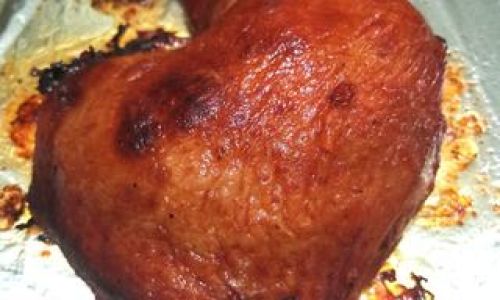
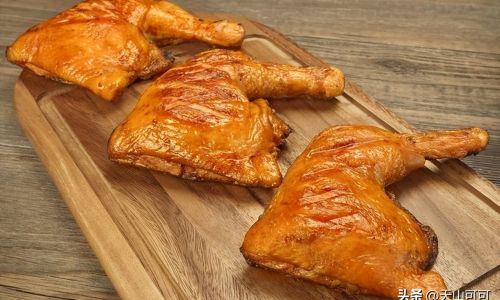
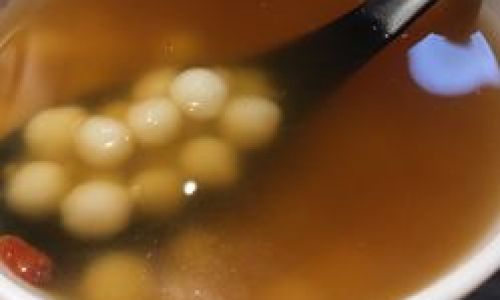
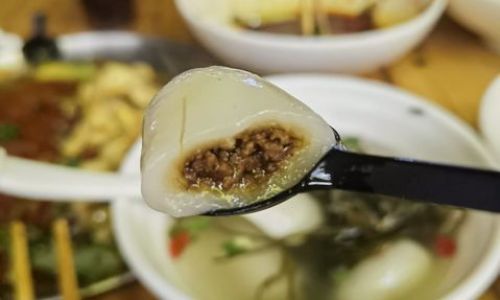
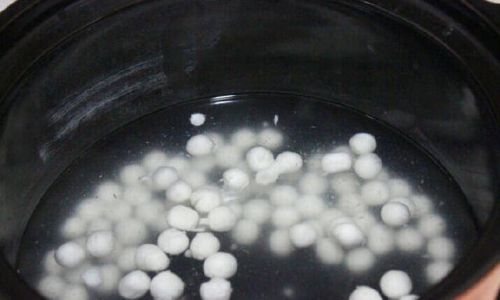
0 comments